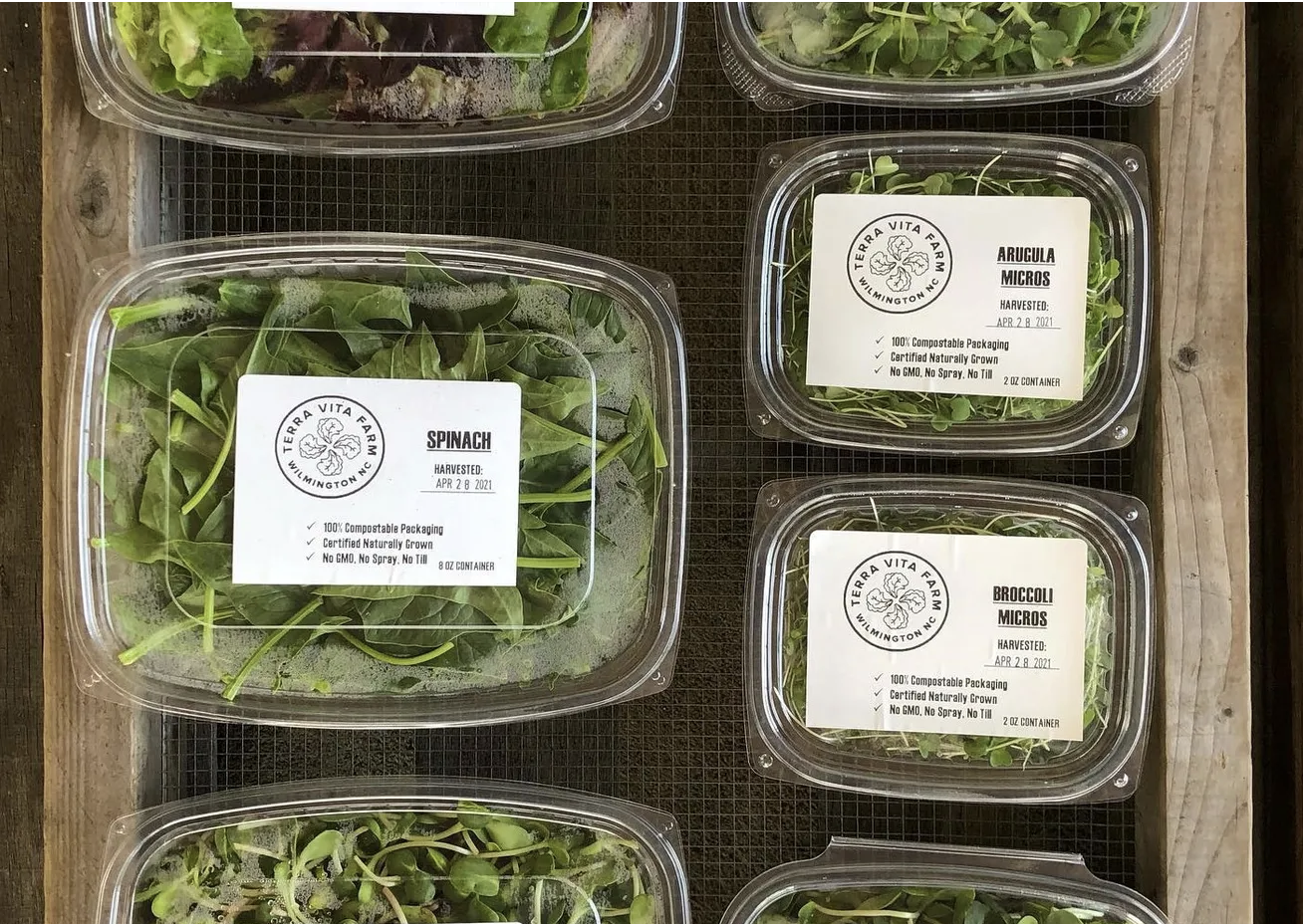USA: North Carolina - Small But Mighty: 4 Things To Know About Wilmington-Grown Microgreens
Although microgreens are becoming more popular, among consumers and restaurants, growers in the Wilmington area still say that education is an important part of what they do.
“I could talk to people all day about what I do,” said Randall Rhyne, of CraftGrown Farm (and CraftGrown Market) on Castle Street in Wilmington.
He started learning about the process of growing these very small plants as a way to enjoy more healthy, nutritious food, and because of an interest in biology. He’s still amazed by how quick and easy this young, inch-long tender greens.
In fact, it’s how Michael Torbett, of Terra Vita Farm, got started in agriculture even before he had access to land to grow seasonal produce. When he started his business in 2016, he was growing microgreens in a townhouse. Now he has a shipping container for microgreens on the property he farms in Castle Hayne.
And there are other growers, like Shelton Herb Farm in Leland, also adding their own work in an effort to make us all a bit healthier. If you're looking to add more microgreens to your diet, here are some things to know.
A growing trend
Growers in the Wilmington area are just a small part of a very big trend. The global microgreen industry was valued at $1.3 billion in 2019, and is projected to reach $2.2 billion by 2028, according to a report from Allied Market Research. Broccoli microgreens are especially popular and generated $237.20 million in 2021. But there are lots of varieties to grow and enjoy, like basil, lettuces, sunflowers, kale, red cabbage, beans, and more.
Restaurants love them
One of Rhyne’s favorite things to do is make a ‘lettuce taco’ for guests. He assembles a variety of fresh lettuces and microgreens that with a variety of tastes, from sweet to slightly bitter to herbaceous, to showcase how flavorful they can be -- even without dressing. It’s the same reason restaurant chefs love them. They can add a pop of flavor, and color, that you can’t get in other ways, Torbett said.
Packed with nutrition
The rule of thumb is that microgreens contain up to 40% more nutrients than their full-grown counterparts. "Of course, you usually eat them in smaller amounts," Torbett said. "But the fact is that they are fresh, and conventional grocery store produce starts to lose nutrition as soon as they are harvested."





